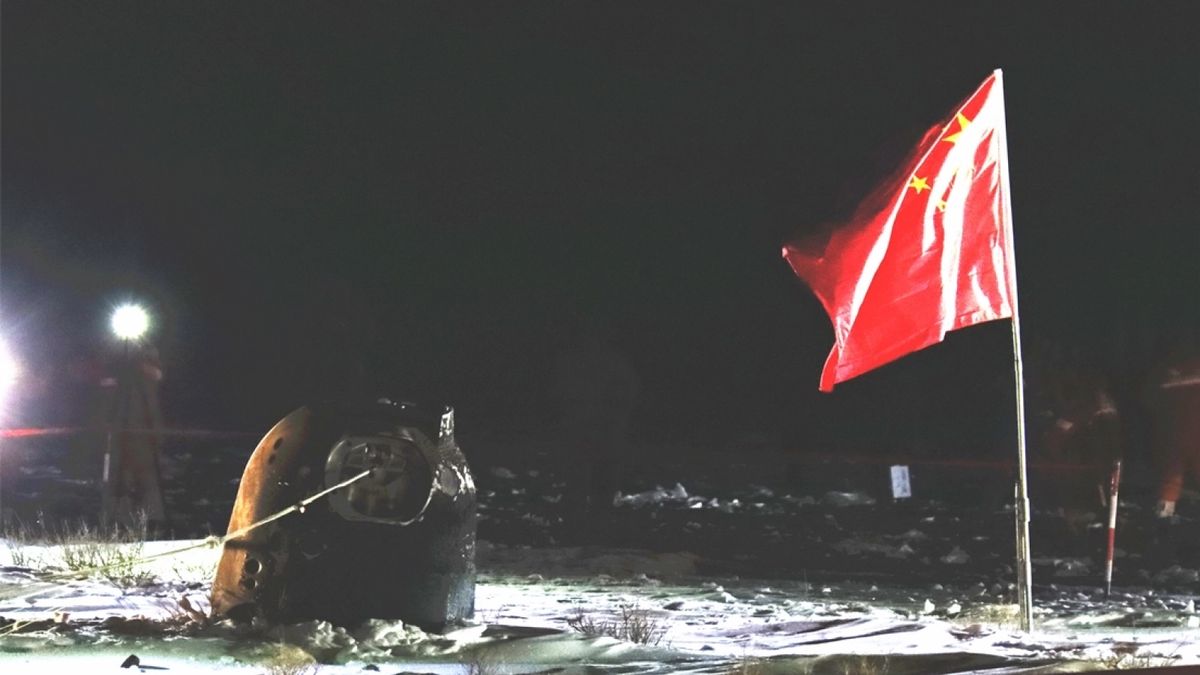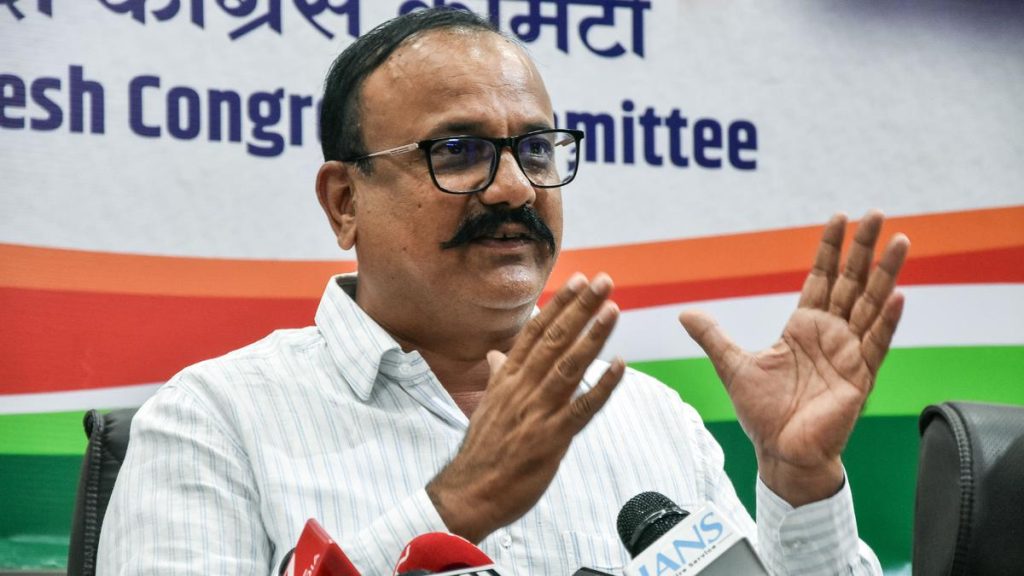Now Reading: China Shares Moon Samples Globally, NASA Left Out of Collaboration
-
01
China Shares Moon Samples Globally, NASA Left Out of Collaboration
China Shares Moon Samples Globally, NASA Left Out of Collaboration

Rapid Summary:
- China’s Chang’e 5 lunar mission returned with moon samples in December 2020, weighing 1,731 grams (3.8 pounds).
- These samples are now being shared internationally, including researchers from Europe, Ethiopia, Russia, and the U.S.
- U.S.-based scientists face restrictions due to the Wolf Amendment (2011) that prevents NASA from collaborating with China’s space agency or funding related research.
- American scientist Timothy Glotch received a sample privately funded by Stony Brook University for comparative analysis alongside Apollo-era lunar samples.
- The Chang’e 5 sample contains younger basalt than Apollo-era lunar material, indicating volcanic activity on the moon lasted longer than previously believed – up to ~120 million years ago.
- research on these samples aims to understand volcanic processes and thermal properties as well as extract elements like noble gases for insights into solar system history.
Indian Opinion Analysis:
The international sharing of China’s Chang’e 5 moon samples signifies growing global collaboration in space exploration despite geopolitical boundaries such as the wolf Amendment hindering U.S.-China scientific partnerships directly funded by government bodies like NASA. For India-a nation pursuing its own advancements in lunar missions-the research around these younger basaltic materials aligns closely with efforts such as Chandrayaan missions aimed at studying mineralogical and elemental compositions of celestial bodies like the Moon’s south pole regions.India can reflect upon how nations navigate sensitive geopolitical barriers while ensuring scientific progress continues through innovative institution-led cooperation models. Such developments highlight areas where India’s role may expand further into global space collaborations while also preparing for technological leadership opportunities amid emerging discoveries about planets’ volcanism and histories.

























